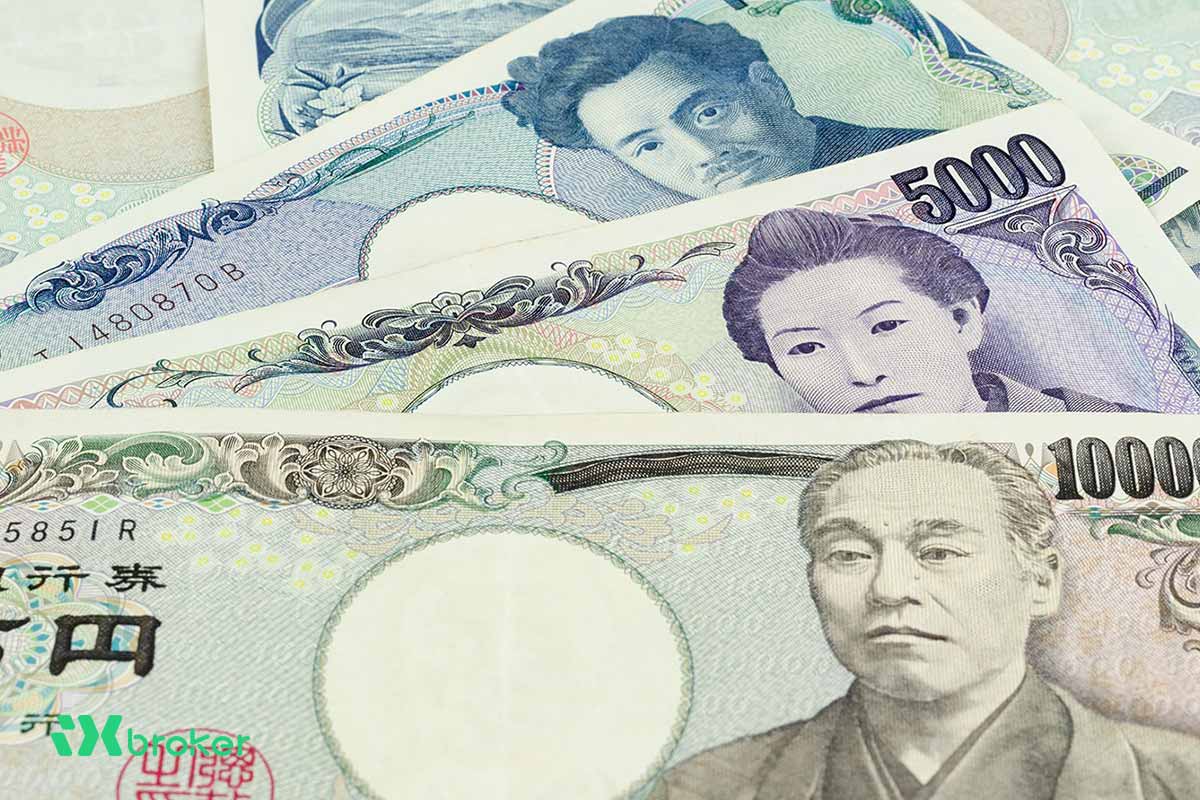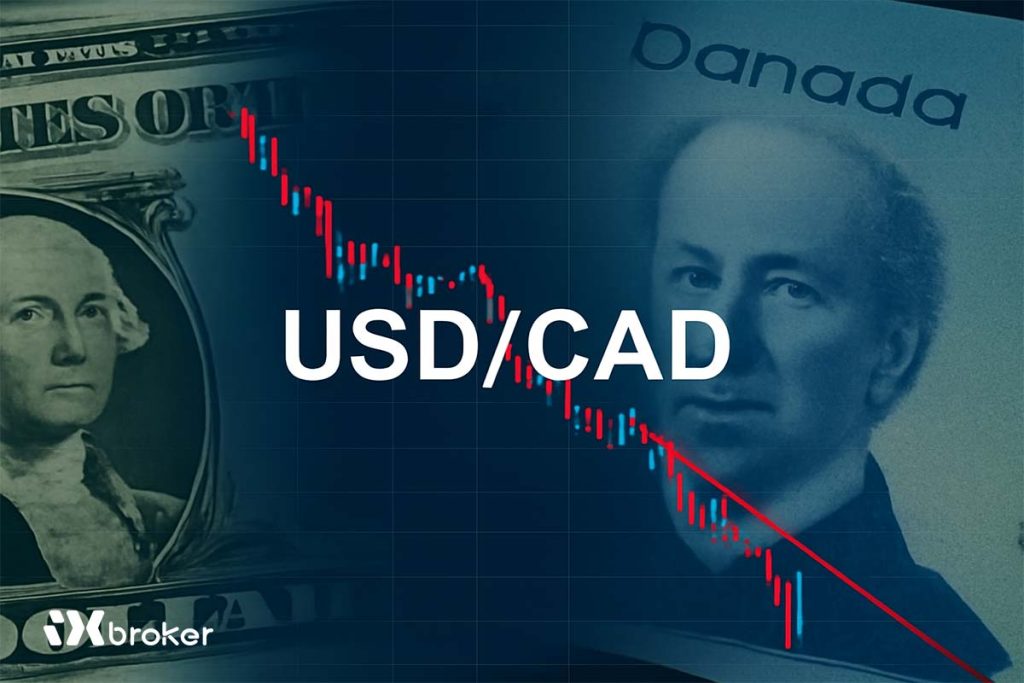The Japanese Yen (JPY) held modest intraday recovery gains against the US Dollar (USD) during Friday’s Asian session, though a sustained appreciation remains difficult to achieve. Comments from Japan’s Finance Minister Satsuki Katayama boosted speculation that authorities may intervene to curb further yen weakness. A broadly softer tone in global equity markets is also lending support to the safe-haven JPY.
Japan’s cabinet approved a ¥21.3 trillion economic stimulus package, adding to concerns over the country’s fragile fiscal trajectory.
At the same time, expectations that the Bank of Japan (BoJ) may delay its next rate hike continue to limit upside potential for the yen. Meanwhile, the USD hovers near its highest level since late May as markets scale back dovish Federal Reserve (Fed) bets, offering additional support for USD/JPY.
Japanese Yen draws support from intervention warning
Finance Minister Satsuki Katayama delivered one of the strongest intervention signals to date on Friday, saying authorities “will take appropriate action as needed” against excessive volatility and disorderly market moves. The remarks also hinted at the possibility of currency intervention, giving the JPY a modest lift during Asian hours.
Japan’s Statistics Bureau reported earlier that National Consumer Price Index (CPI) and the core measure excluding fresh food rose 3.0% in October from a year earlier. Core CPI excluding fresh food and energy—closely watched by the BoJ—stood at 3.1% YoY, slightly above September’s 3.0%. The data underscores persistent inflation above the BoJ’s 2% target and keeps alive expectations for a possible near-term rate hike.
BoJ Governor Kazuo Ueda noted that yen weakness is increasingly feeding into import costs and consumer inflation, adding that currency fluctuations now have a larger economic impact than in the past. A Reuters poll released Thursday showed a slim majority of economists expect the BoJ to raise rates to 0.75% in December, with all forecasters projecting at least that level by the end of Q1 2026.
However, rate-hike uncertainty lingers amid Prime Minister Sanae Takaichi’s expansionary fiscal stance and her preference for keeping interest rates low.
Japan approves ¥21.3 trillion stimulus as Fed expectations firm
Japan’s cabinet has approved a ¥21.3 trillion economic stimulus package—the first major initiative under Prime Minister Takaichi. The program includes ¥17.7 trillion in general account outlays, significantly above last year’s ¥13.9 trillion and the largest package since the COVID era. An additional ¥2.7 trillion in tax cuts is also planned.
Meanwhile, the US Bureau of Labor Statistics released the delayed Nonfarm Payrolls (NFP) report on Thursday, showing that the economy added 119,000 jobs in September, beating expectations of 50,000. This followed a revised 4,000 decline in August (from +22,000). The unemployment rate edged up to 4.4% from 4.3%.
The data helped ease concerns about a weakening US labor market and pushed back expectations for another Fed rate cut in December. Less dovish Fed sentiment has supported the USD, keeping USD/JPY near multi-month highs and limiting significant downside in the pair.
USD/JPY needs consolidation before next leg up as RSI flashes overbought
The daily Relative Strength Index (RSI) shows slightly overbought conditions, discouraging traders from initiating fresh long positions in USD/JPY. This makes near-term consolidation or a modest pullback more likely before the pair attempts another upward move.
On the downside, initial support sits just below 157.00, followed by the 156.65–156.60 region. A break below this zone could expose the pair to the 156.00 level, which acts as a key pivot. A decisive move under 156.00 would open the door to deeper losses.
On the upside, immediate resistance lies at 158.00, with a break above this level likely to push the pair toward the mid-158.00s. Continued bullish momentum could ultimately take USD/JPY toward the January swing high near 159.00.




